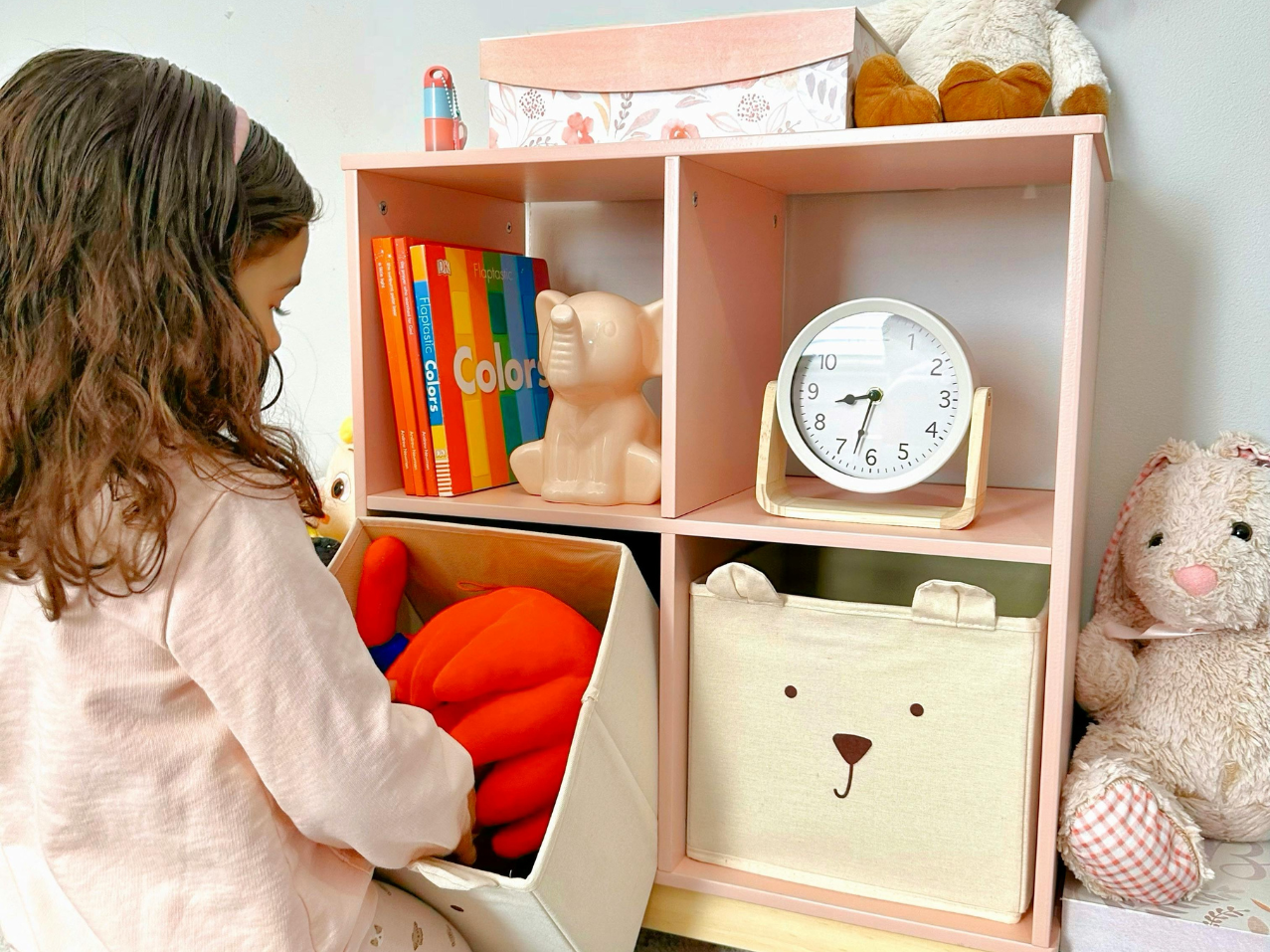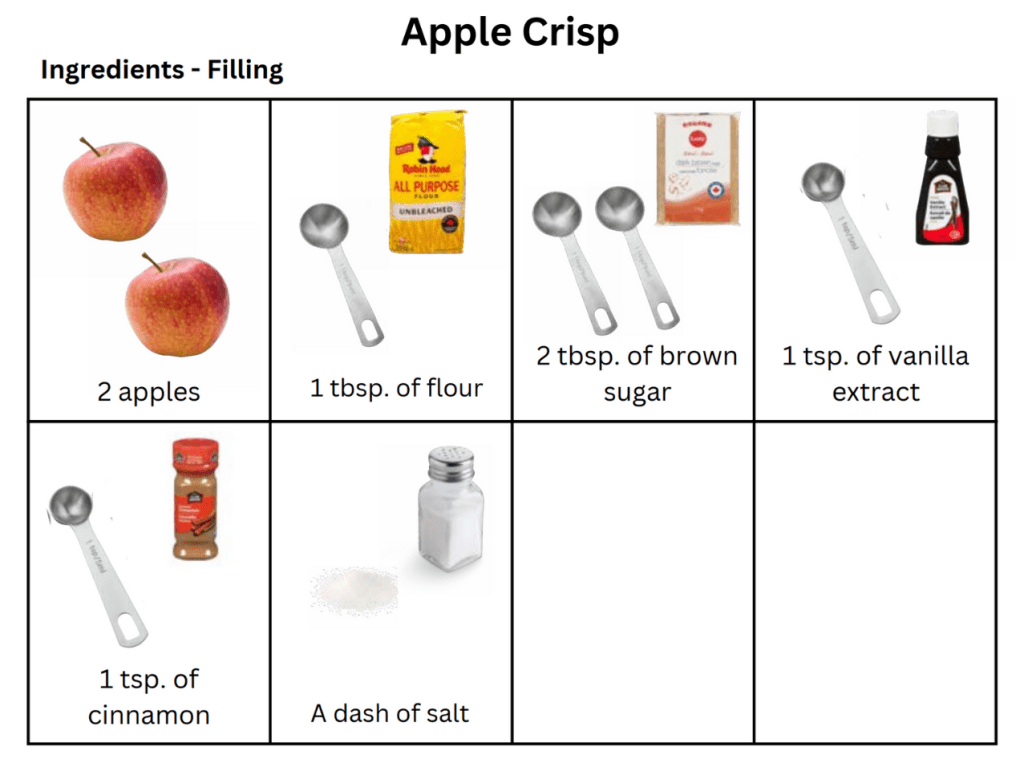Menu
-
-
Shop Holiday Items
-
Shop Gifts By Age
- Gifts For a 0-6 Month Old
- Gifts For A 6-12 Month Old
- Gifts For A One Year Old
- Gifts For A Two Year Old
- Gifts For A Three Year Old
- Gifts For A Four Year Old
- Gifts For A Five Year Old
- Gifts For A Six Year Old
- Gifts For A Seven Year Old
- Gifts For An Eight Year Old
- Gifts For A Nine Year Old
- Gifts For A Ten Year Old
-
Shop Gifts By Budget
- New Arrivals
-
Toys
- Large Active Toys
- Animal Toys
- Arts & Crafts
- Award-Winning Toys
- Bath Toys
- Birthday Wishlists
- Building Toys
- Cars, Trains, & Trucks
- Games
- Instruments
- Loose Parts Play
- Loot Bag Toys
- Made in Canada
- Outdoor Toys
- Pretend Play
- Puzzles
- Sensory And Fidget Toys
- Sensory Bin Tools & Fillers
- STEM Toys & Activities
- Toronto-Themed Gifts
- Travel Toys
- Wooden Toys
- Waiting Room Toys & Furniture
-
Montessori Materials
- Montessori At-Home Program
-
Montessori Furniture
-
Bundles & Sales
-
Books
-
Shop By Age
-
Shop By Brand
- Brands A-F
- Brands G-L
-
Brands M-R
- MagicPlaybook
- Magna Tiles
- Make Believe Ideas
- Makedo
- Manhattan Toys
- Math for Love
- Milaniwood
- MindWare
- Mojo Toys
- Moluk
- Moulin Roty
- Native Northwest
- nic
- Nienhuis
- Ooly
- Opinel
- Ostheimer
- Papoose
- Peaceable Kingdom
- Plan Toys
- Plus-Plus
- Preschool Collection Watches and Timers
- Ravensburger Puzzles
- Real Life Pages
- Brands S-Z
-
- 866-901-4696
- Gift Registry
- Login


Worried That Your Child is Behind on a Milestone?
4 min read
I don't think anything drove me crazier than milestones in the first two years of my children's lives.
There's so much development happening during that time that there's always a new milestone to watch for (and... often worry about it).
But there's two things that helped me to view milestones with less stress.
1. How Far Behind Are They?
The first idea comes from a math teacher, parent, and creator of the program Counting with Kids (no affiliation, I've just taken one of her programs).
One of the emails she sent provided a very logical way to think about milestones.
If your child is NOT meeting a milestone:
- Step 1: Look at the milestone prior. Did they meet the previous milestone?
- Step 2. If they met the milestone before, it's a sign they're progressing. Look for the progress because it means they're moving in the right direction and likely just need more time and practice.
For example, a 19 month child that met the fine motor milestone at 15 months (uses fingers to feed themselves) but not the fine motor milestones for 18 months (scribbling or using a spoon), probably just needs more practice to develop their pincer grasp, hand strength, and hand eye coordination.
- Step 3. If they did NOT meet the milestone before, this is a chance to step back and focus on the earlier concepts.
Using the same example above, has the child been given lots of opportunity to strengthen their hands and develop the pincer grasp - playing with toys that require use of the forefinger and thumb, lifting (age appropriate) heavy items, or feeding themselves?
If not, now is a good time to offer more of these activities.
This may also a good time to seek out the advice of a teacher or paediatrician that you trust. Having someone with expertise in this area, who knows your child personally, and can provide a second opinion will help take the pressure off you to figure it out alone.
And if you are at all concerned about your child missing a milestone, it doesn't hurt to inquire early. Access to early intervention programs can take months so if a professional feels it's the right choice, the sooner, the better.
2. The CDC's UPDATED Milestones + App

In 2022, the CDC updated their milestone checklist with a few significant changes.
I specifically wanted to highlight that many of the major language and gross motor milestones were moved to OLDER ages.
For example:
- Walking (without holding onto anyone or anything) has changed from 12 months to 18 months
- Multiple speech and language milestones were shifted to older ages (i.e. a 50-word vocabulary has changed from 24 months to 30 months)
Let me explain the reasoning for this in point #1 below.
- Milestones used to be based on the average age that children achieved a milestone, where 'average' meant on the 50th percentile (50 children out of 100 reached that milestone).
The milestone ages have now been updated to reflect the age at which 75% of children can be expected to have reached that milestone (so 75 out of 100 children).
TO SKIP THE MATH, GO TO POINT #2
For those familiar with bell curves and normal distribution, 75% represents all children who fall "within normal limits" so this is a much more accurate age to share with parents, rather than the average age.
To understand this fully (and for a quick refresher on bell curves), check out this post by Virginia Spielmann, PhD, OTR/L.
2. The CDC has now put all the milestones into an app with images, videos, and specific examples of each milestones. They've also simplified the language and included tips and activities to support development.
If you haven't checked out the CDC's update milestone app, it's also much more useful than any milestone guideline I've come across and anyone can use it, you don't have to live in the US.
The Never Ending Worry...
I always found the trickiest part about milestones is that I could never relax. I'd check one off and then just start looking to the next - from rolling, sitting, and crawling to reading, subtraction, and swimming.
At some point I realized that I was going to drive myself crazy because this would never end.
If I let myself, I'd always be worrying if they were "meeting milestones" and how they compared to their peers, right into adolescence and adulthood.
While it's a great idea to keep an eye on milestones, note any delays, and discuss them with professionals, I'm also reminding myself that all children develop differently and at their own pace.
And just the fact that parents, like us, care this much and spend so much time thinking about our children's development, means that we are good parents.
I know it probably doesn't always feel like it but as the author, researcher, and child's rights advocate, L. R. Knost has said:
"We're all imperfect parents, and that's perfectly okay. Tiny humans need connection, not perfection."
Join Our Montessori Community
Sign up to get weekly activities, free printables, Montessori parenting guidance, and so much more.
Plus, get $10 off your first order of $100+.
Like this article? Get new articles, weekly activities, free printables, Montessori parenting guidance, and so much more.
One mom recently shared:
"Your newsletter is always SO great. It is one of the few I open and read weekly. You provide so much value. Thank you!"


